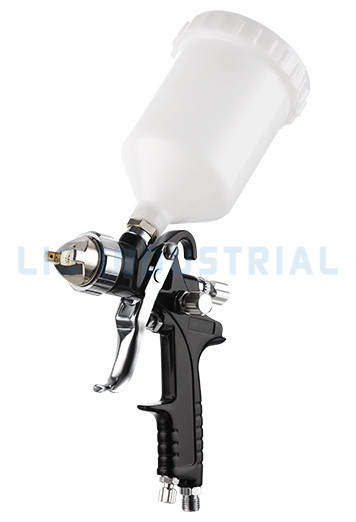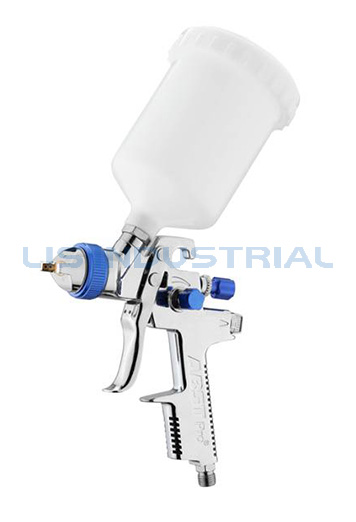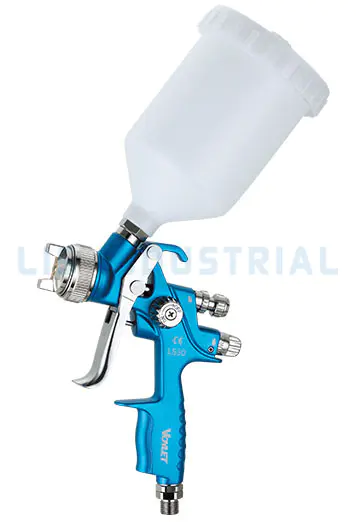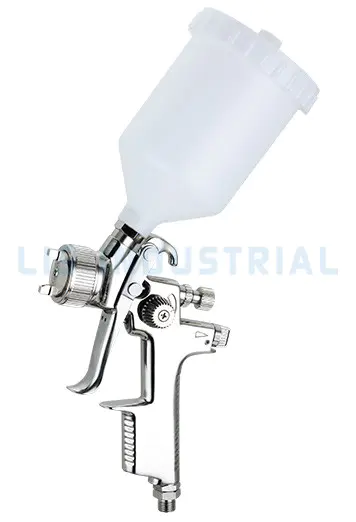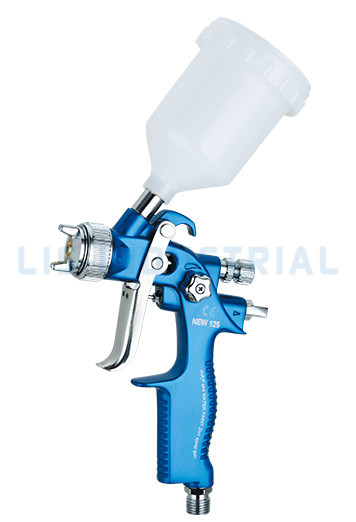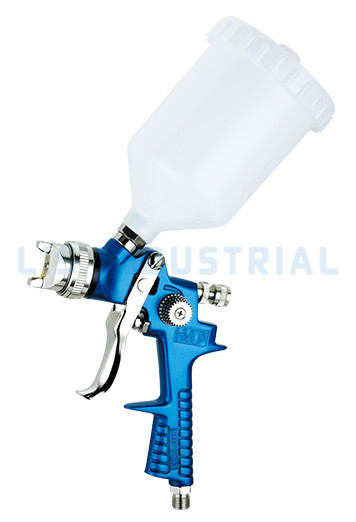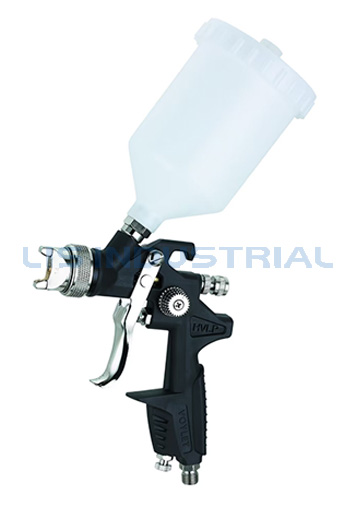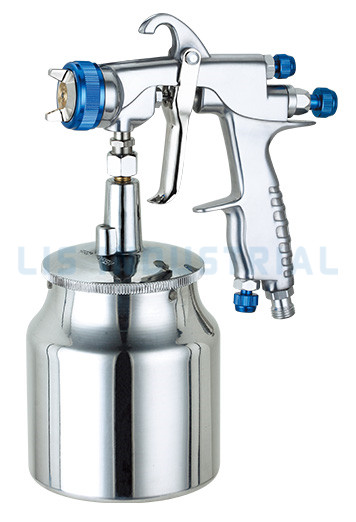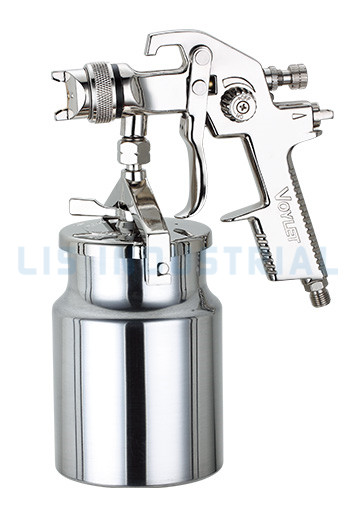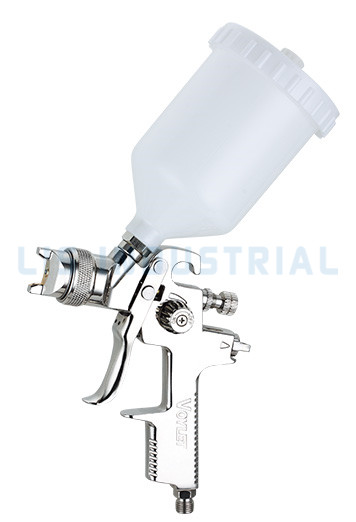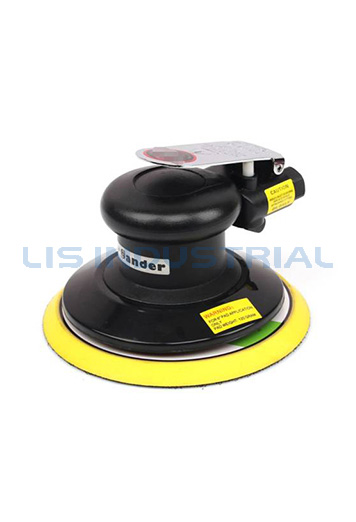Low Pressure Spray Guns are popular for their high transfer efficiency in painting and spraying applications. Transfer efficiency refers to the ratio between the amount of paint actually deposited on the workpiece surface during the paint spraying process and the total amount of paint sprayed. High transfer efficiency means less paint waste, higher work efficiency, and a more environmentally friendly operation. Here are some key ways to improve the transfer efficiency of your low-pressure spray gun:
Select appropriate nozzle and gas nozzle sizes: Nozzle and gas nozzle size are critical to transfer efficiency. Choosing the right size nozzle and air nozzle ensures an even spray of paint and proper paint flow. Typically, smaller nozzle and air nozzle sizes produce a finer spray, helping to increase transfer efficiency.
Proper Spray Gun Setup: Adjust your spray gun's air pressure and material flow to suit your specific job needs. Excessive air pressure or excessive paint flow may result in unnecessary paint waste. Make appropriate settings based on the size of the workpiece and the viscosity of the paint.
Maintain Correct Spray Gun Distance and Angle: Maintaining a consistent spray gun distance and spray angle helps ensure that paint is evenly deposited on the workpiece surface. Incorrect angles or distances can cause uneven coating, reducing transfer efficiency.
Regular cleaning and maintenance: Regular cleaning and maintenance of the spray gun is key to ensuring stable performance. A clogged nozzle or air nozzle can cause uneven spraying of paint, affecting transfer efficiency.
Use Proper Spraying Technique: Spraying technique can also affect transfer efficiency. For example, cross-spray technology can ensure that paint is evenly distributed on the surface of the workpiece, reducing paint accumulation and waste.
Choose a suitable spray environment: The conditions of the spray environment can also affect transfer efficiency. Spraying under suitable temperature and humidity conditions can help the paint adhere better to the surface of the workpiece.
Use high-quality paint and materials: Choosing high-quality paint and spray materials can reduce unnecessary paint waste. Low-quality paint may cause the paint to flow poorly or unevenly, affecting transfer efficiency.
By following the methods above, you can significantly improve the transfer efficiency of your low-pressure spray gun, resulting in a more efficient and environmentally friendly painting and spraying process. This not only helps reduce costs but also improves work quality and productivity.
 Search
Search

 English
English 中文简体
中文简体 Deutsch
Deutsch